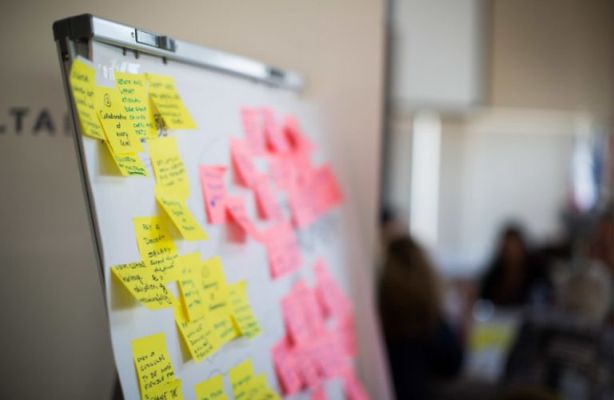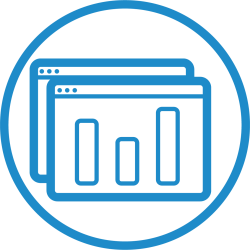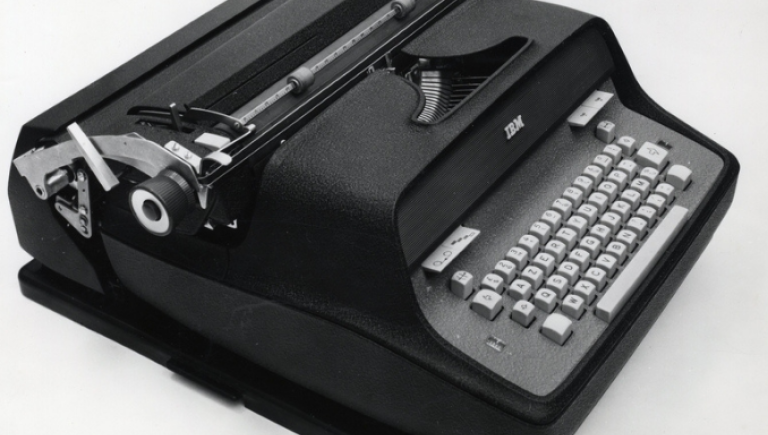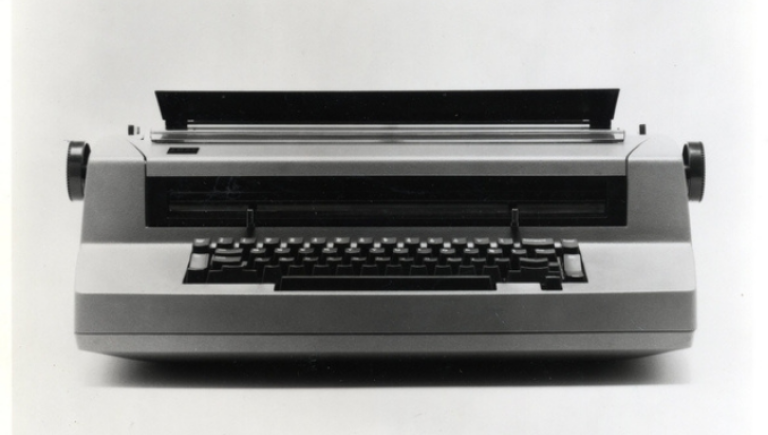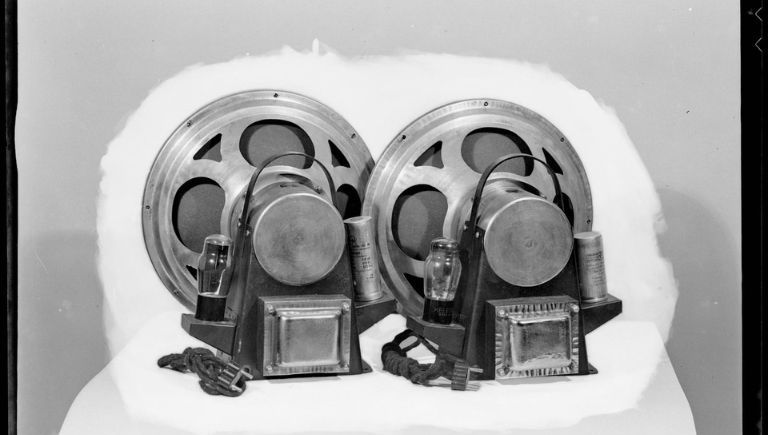Hybrid events are events that take place both in person, in a physical location, and digitally. When organising a hybrid event, it is important to present the same value to both online and offline audiences. While all of the resources detailed above can be used for a hybrid event, there are also some distinct approaches required.
A key thing is to treat virtual and in-person participants equally. It is easy to accidentally focus more time, energy and resources on the in-person audience. To ensure this shared experience we follow the guiding principle that every participant should be able to:
Contribute to the event
Hear anyone else speak
See the person that is speaking
See and hear any slides, videos and other multimedia sources, if possible with the speaker.
Team
At hybrid events you need an in-person team and an online team. In addition to the roles detailed in our Roles and Responsibilities section you need an:
Online host: Welcomes the online participants, keeps track of who is attending the event online.
Chat moderator: Watches the discussion either on the chat or in the room and communicates relevant information to the facilitator/moderator.
Video director: Is responsible for anything that is shown on screen during an event. For hybrid events this means controlling what is shown to online participants and what is shown to in-person participants.
Technical setup
A hybrid event also demands more complex technical support and equipment to make sure it works for both audiences. For medium and large scale events we recommend using:
At least two cameras to catch all the action and to give online participants the feeling they are actually present.
A video switching device to switch between these cameras and slides.
A large screen (TV screen) in the physical location to let the in-person participants see the online participants in a gallery view or to highlight a single participant or speaker.
A separate large screen for content that needs to be shown to the in-person participants, like slides.
At least one, but preferably more, handheld microphones for the in-person location.
Speaker (PA system) for the in-person location.
An audio mixing desk to route the audio from the in-person event to the online participants and possibly to the PA system on location.
Audience interaction
Interaction with both online and in person audiences is essential for a successful hybrid event. There are a number of tools that you can use to interact with the audiences and support hybrid collaboration. Make sure you communicate with your audience well before your event and that the WiFi functions well.
Almost all online event platforms have a chat functionality for participants to communicate with each other and with the teams supporting the event. In a hybrid event you can use chat in the following ways:
The chat is primarily used by online participants. In-person participants can also use the chat on their own device if they would like to. Make sure that in-person participants have their audio muted and camera turned off. Their audio and video is covered by the on site equipment.
The chat is observed continuously by someone at the venue, preferably the online event coordinator. This person can either repeat any questions and comments from the online participants at the in-person event, using the microphone (this also ensures that the questions are noted if the event is being recorded) or add the questions to the dynamic document (see below) for the moderator to see.
Interacting with both audiences also requires coordinated and clear communication between the online and in-person teams in back channels. ‘Back channels’ are ways of communication that are not visible or audible by participants. We suggest using the following:
A dynamic document that can be accessed by all team members and can be updated during the event. Google Docs, Office365, Etherpad are all usable examples. This document can collect questions from participants and urgent or important updates. The moderator should have access to this at all times.
Direct communication channels a separate communication channel for high priority messages. Examples of these channels are Whatsapp, Signal and Telegram.
Breaks
Communicate clearly about any breaks in your hybrid event; here are some of our top tips on how they can be used:
Make sure that the online host tells the online participants when a break starts, how long it will take and checks in with them before the programme starts again.
Breaks are potential moments to solve technical problems and collect ideas on how to improve the event even better
Make the break more visual than just a static slide. Turn on a wide angle camera that still shows activity, or broadcast news or music so that online participants still know that their connection is still live.
Timekeeping
Timekeeping is very important during hybrid events to create a shared experience for both the online and in-person audience. Countdown clocks are an essential tool to inform both audiences about the schedule - use the inbuilt event platform option, a table with a countdown visible to both audiences, or a countdown clock on a video switching device.



